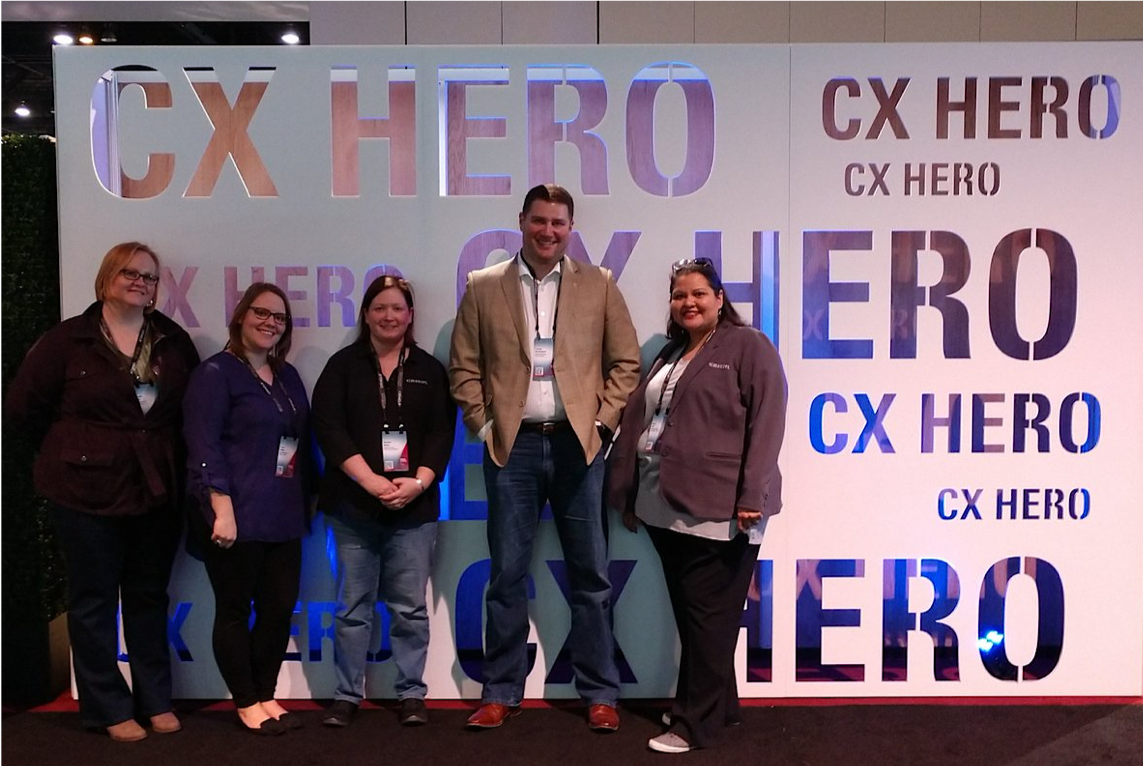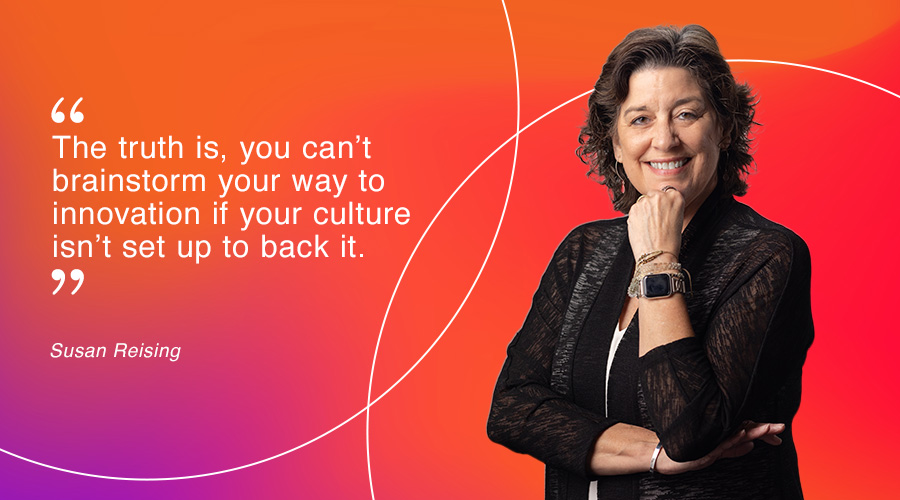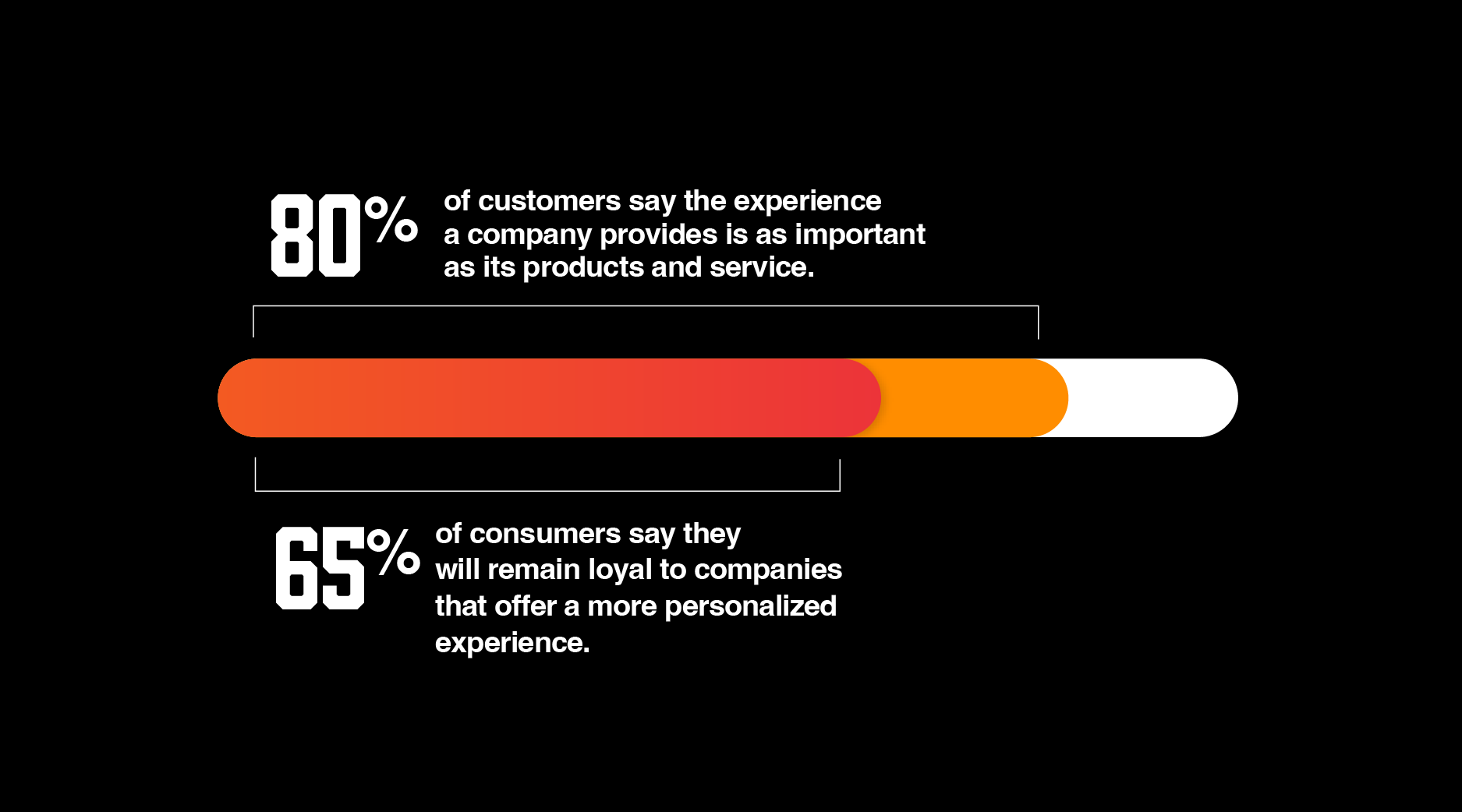I’m often asked about marketing automation trends and advances. People want to know that they’re headed in the right direction and keeping up with marketing trends. While at the Oracle’s Modern Customer Experience conference earlier this month, it hit me.
It’s all about the segment of one.

At the conference, Oracle shared that 74 percent of online consumers get frustrated when content is not personalized. Everything we do – account-based marketing, lead scoring, form strategy, dynamic email content – it’s all about getting to know a prospect well enough to send them information they need as if they were the only one in the entire campaign. A segment of one. This is not a new concept, people have been talking about it since the late 80s. But now, more than ever, marketers have everything they need to scale the “segment of one” concept.
If you haven’t gotten over your fear of data, let’s do it together now. Let’s talk about three data points to use to achieve a segment of one.
1) Collect Website Data
Your website data is a good place to start. It’s first party data that you are likely collecting. Start with connecting your marketing automation platform and your website. Any good marketing automation platform will ask you to deploy scripts to your website allowing you to see the journey visitors take – both unknown (non-converted) and known (converted) visitors.
Let’s say you have a “free trial” running on a slumping product line. So, you send an email to existing customers about it, which might have a great click through rate, but people just aren’t submitting the form. Since these are known customers, you will know the next time they hop onto your page. You can set your marketing automation program to trigger an email reminder giving them another chance to convert.
2) Capture Leads at Events
Your events aren’t what they used to be. Long gone are the fishbowls filled with business cards. Today, most show organizers offer a badge scan along with your booth. If you choose this option, it’s another small step to take the data gathered and pass it to your marketing automation system in real time. What? Real time? Yes. No more following sales reps for business cards or waiting for an excel document to be populated by the intern then divided by the sales manager.
Depending on the API offered by the show, you may be able to include fields like product of interest or lead quality. With this information, it’s easy to immediately send an email with relevant information right then and there as the visitor is leaving your booth. Imagine receiving an email that says, “Thanks for visiting our booth – here’s information on the product we discussed.” That type of personalized, immediate action makes a customer feel valued and unique.
3) Gather Information from Online Reviews
Let’s talk about online reviews. If you have a product or service that can easily be reviewed, this is a great way to incorporate word of mouth marketing. People trust reviews as much as a personal recommendation, so consider including them on your website. It’s like having a friend right there to offer advice. Also, take into consideration further nurturing customers who took the time to write a positive review. The customer journey doesn’t stop at the purchase, it continues into creating brand advocates and repeat customers.
This is all good data. Good data will only make you a smarter marketer. Prospects and clients will appreciate it if data is used for good, giving them what they want and avoiding things they don’t want. If a known prospect looks at a product review on your site and doesn’t convert, perhaps an email can be triggered offering help with questions from a live representative. That’s not a hard sell, like an abandoned cart email – it’s offering your expertise.
Bonus Tip: Just Go Talk to Your Prospects
In fast-paced, competitive landscape where everyone is running and gunning, we forget sometimes that nothing is more meaningful than face-to-face contact. There are factors you can gather from interacting one-on-one with a prospect that a system might not be able to tell you. But here’s the thing – nowadays there’s a way to get that information out of a distributor or sales person’s head and into a usable space. While the information is fresh, get it in a Customer Relationship Management (CRM) system. This will allow you to trigger marketing automation efforts based on offline conversations as well.
Uhm, Abby – this is a blog post about data and personalization. And you didn’t even say “AI” once. It’s true. I didn’t. The reality is that there are some companies who are using machine learning today and we’re all spending money on it. But, implementing AI into your digital marketing takes time, strategy and forethought.
Technology alone won’t fix any marketing problem that plagues you. You still need to really understand your customer, have engaging content, a creative hook and a campaign plan that will integrate the technology.




